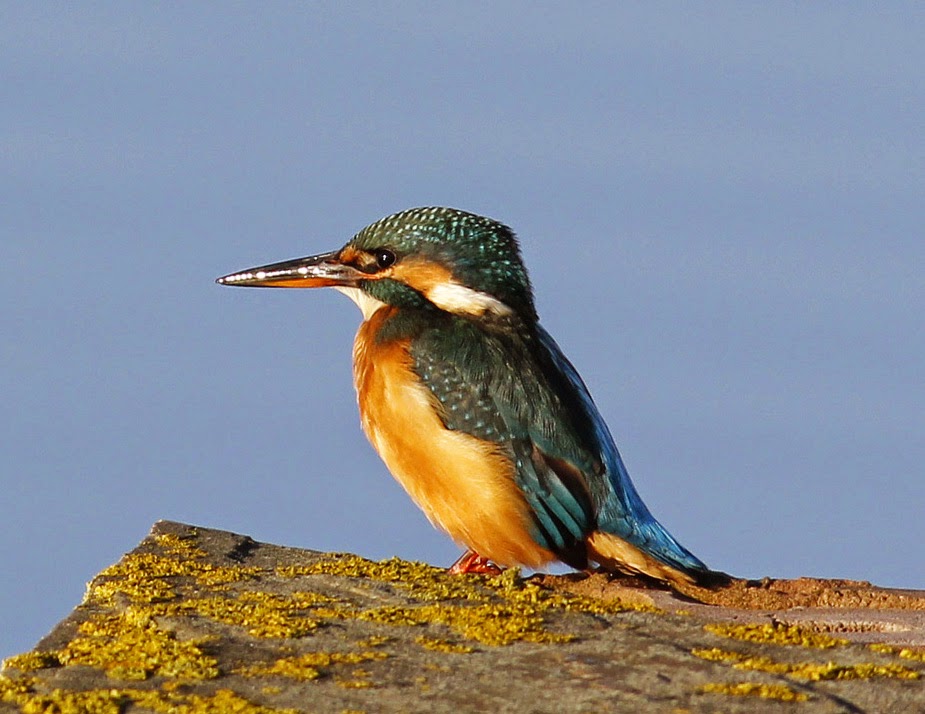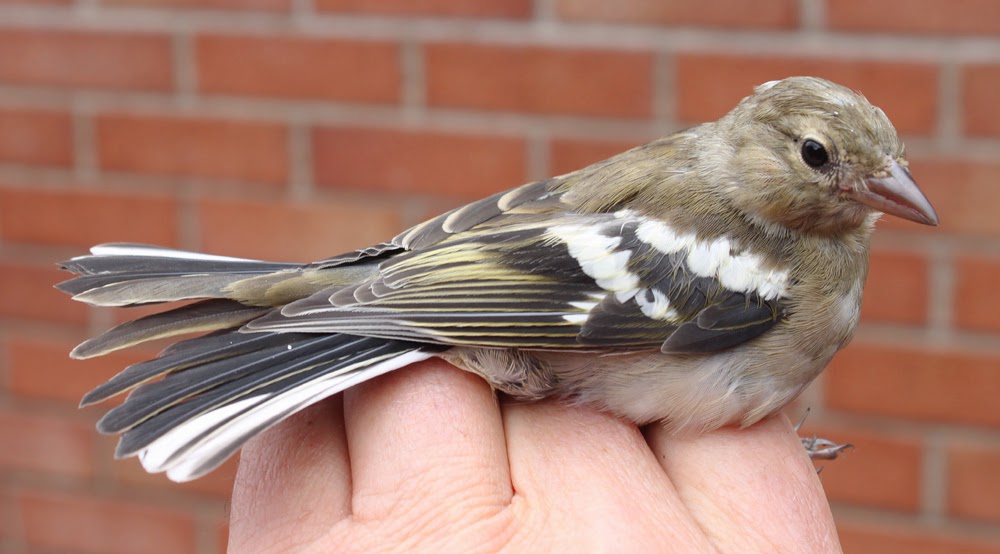There’s was a fair old wind blowing for the past couple of days with conditions which didn’t inspire me to do much birding. This morning was better, sunny and even flat calm for about an hour until the easterly breeze sprung up again but by then I was back home for granddad duties
Swallows were the feature of the morning with more than 400 feeding around the yacht basin at Glasson Dock and then a steady passage of them heading east along the shore at Pilling between 0930 and 1100. Bird counting enthusiasts should try counting the number of Swallows along the fence rails of the boat in the second picture below. Answers on a postcard to……
Swallows
Swallows at Glasson
Swallows
Swallow
Wagtails were the other feature of the morning with a combined count of 45+ “alba” wagtails at Glasson and Conder Green. At this time of year when Continental and Icelandic White Wagtails join in with native Pied Wagtails it becomes increasingly difficult to separate the two in the field, especially when most of those seen are juveniles in various stages of post juvenile moult. Seemingly there are bird watchers who can do the business with ease but to do so is a time consuming exercise without any guarantee of real success. Perhaps it’s time to lump the two together especially since the “species” are known to interbreed.
A Pied Wagtail at Conder Green had to make way for a Kingfisher which arrived to take up the usual position on the sluice wall. The light was better than a few days ago but the Kingfisher stayed for one pose and for a few seconds only
Pied Wagtail
Kingfisher
Two Common Terns fished the pool and the marsh returning on several occasions with fish for their youngster(s). The usual waders and wildfowl were about the usual areas of pool and creek with counts today of 45+ Redshank, 3 Greenshank, 1 Spotted Redshank, 1 Common Sandpiper, 2 Wigeon, 2 Cormorant, 2 Little Grebe, 1 Great Crested Grebe, etc, etc.
Black-headed Gull
There was an increase to 13 Teal today plus the unusual sighting here of 6 Stock Dove arriving to feed on the weedy margins of the pools where a flock of 35+ Goldfinch spent some time too.
I stopped at Braides Farm where for fifteen minutes a steady stream of Swallows flew left to right, west to east and I continued on to Pilling.
I found 3 Buzzards at Fluke Hall a group which appear to be a family of 2 adults, at least one in moult, and a juvenile of the year. All of our UK raptors are secretive when breeding, the still persecuted Buzzard most definitely having to conform to that rule; but unless I’m mistaken the often overlooked but discreet Buzzards of Fluke Hall have bred again this summer.
Buzzard
Along the sea wall 2 Greenshank, 3 Wheatear, 20+ Goldfinch, 1 Skylark, 3 Little Egret, 1 Grey Heron.
By now the Swallow movement had abated somewhat and Granddad was needed back home.
There's more soon from Another Bird Blog. Linking in the meantime to The Run "A" Round Ranch in Texas.


































































.jpg)














